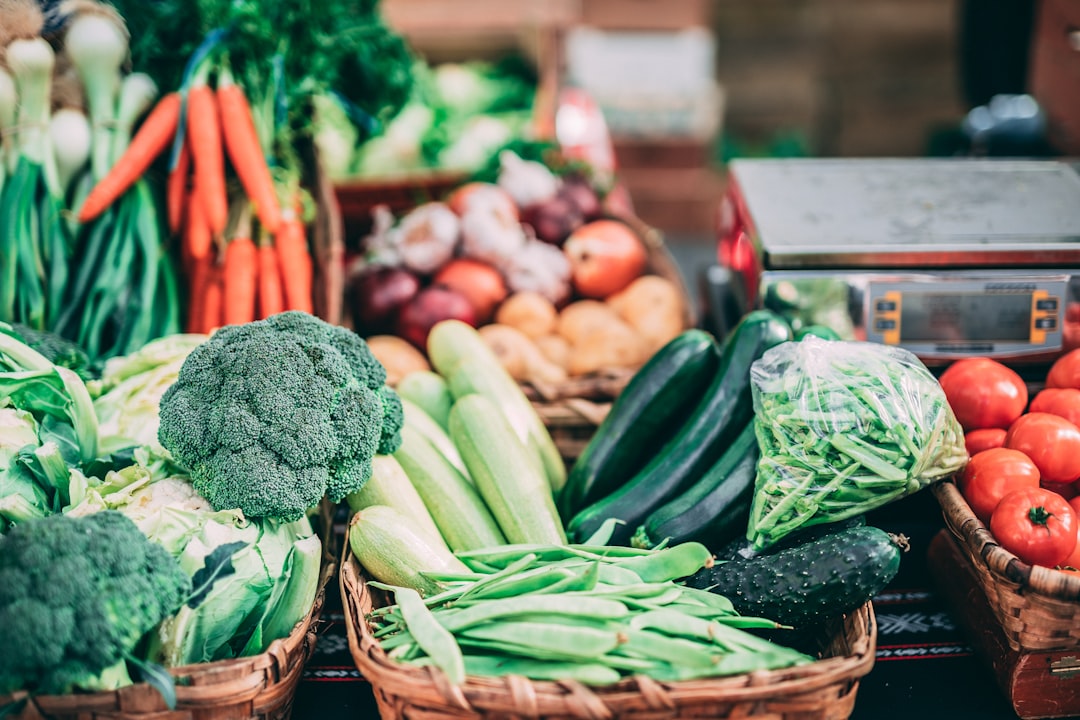Pruning and training your hydroponic plants is an art and science that can dramatically boost your yields. By strategically removing excess foliage and guiding plant growth, you optimize light penetration, air circulation, and nutrient distribution—key factors that contribute to robust growth and bountiful harvests. In this post, we’ll dive into the benefits of pruning and training in hydroponic systems and share practical techniques to maximize your plant’s potential.
Why Prune and Train Hydroponic Plants?
In a controlled hydroponic environment, every plant has the potential to perform at its best when given the right conditions. Pruning and training help by:
-
Enhancing Light Distribution:
Removing overcrowded foliage allows more light to reach inner leaves and lower branches, boosting photosynthesis. -
Improving Airflow:
An open canopy reduces humidity and the risk of fungal diseases, while also cooling the system naturally. -
Focusing Energy:
Trimming unnecessary growth directs the plant’s resources toward developing strong, fruitful branches. -
Increasing Yields:
By exposing more bud sites to optimal light, trained plants can produce a higher yield compared to untrained ones.
Essential Pruning Techniques
1. Topping
Topping involves cutting off the main stem above a set of nodes, encouraging the growth of two main colas instead of one. This method promotes a bushier plant with multiple flowering sites.
-
When to Top:
Typically done during the vegetative stage before the plant starts flowering. -
How to Top:
Use a sterilized, sharp tool to make a clean cut just above the second or third node. This encourages two new shoots to develop.
2. Fimming
Similar to topping, fimming is a less aggressive form of pruning where you remove only a portion of the top growth. This can result in multiple new growth points, sometimes more than two, leading to a fuller canopy.
-
Tip:
Fimming works best when you leave a small amount of the top intact, which reduces shock and stimulates additional bud growth.
3. Lollipopping
Lollipopping is all about focusing the plant’s energy on the top growth where light penetration is best. By removing lower, less productive growth, you improve the overall efficiency of nutrient use.
-
When to Lollipop:
This technique is often applied during the vegetative or early flowering stages. -
How to Lollipop:
Carefully remove lower leaves and branches that don’t receive much light, while ensuring not to stress the plant excessively.
Training Methods to Guide Growth
1. Low Stress Training (LST)
LST involves gently bending and tying down branches to create a more even canopy. This method doesn’t involve cutting, so it’s less traumatic for the plant.
-
Benefits:
LST helps maintain a low, horizontal canopy, allowing even light distribution and maximizing space. -
How to LST:
Use soft ties or clips to secure branches to a support structure. Adjust periodically as the plant grows to keep the canopy flat and open.
2. High Stress Training (HST)
HST techniques, such as super cropping, involve deliberately stressing the plant by pinching or slightly damaging stems to promote thicker, more resilient growth.
-
When to Apply HST:
Best done during the vegetative phase when the plant can recover quickly. -
Technique:
Gently squeeze and bend the stem until you feel it soften, then secure it in the desired position. This causes the plant to develop a stronger vascular system.
3. Screen of Green (SCROG)
The SCROG method uses a horizontal screen to spread out the plant’s branches, ensuring that each bud receives an equal share of light.
-
Setting Up a SCROG:
Install a net or screen above your plants. As the branches grow, weave them through the screen to create an even canopy. -
Outcome:
SCROG can significantly increase yield by maximizing the area of light exposure.
Practical Tips for Success
-
Sterilize Tools:
Always use clean, sharp tools to make cuts. This minimizes the risk of infection and encourages cleaner healing. -
Monitor Plant Response:
Every plant reacts differently. Keep an eye on your plants’ response to training and adjust techniques as needed. -
Combine Techniques:
Don’t be afraid to mix methods. For example, you might top your plants and then use LST to maintain a flat canopy. -
Be Patient:
Training and pruning are gradual processes. Allow your plants time to adapt, and avoid over-pruning, which can stress the plant and reduce yields.
Conclusion
Pruning and training are powerful strategies in hydroponic gardening that help channel your plant’s energy into producing a more robust, high-yielding crop. By carefully selecting the right techniques for your setup—whether it’s topping, fimming, lollipopping, or employing training methods like LST and SCROG—you can create an optimized environment where every part of the plant gets the attention it needs. Experiment, learn from each crop, and tailor your approach to suit your hydroponic system’s unique dynamics. With patience and practice, you’ll see a notable improvement in plant health and harvest quality.

Comments
No comments yet. Be the first to comment!
You must be logged in to comment. Login